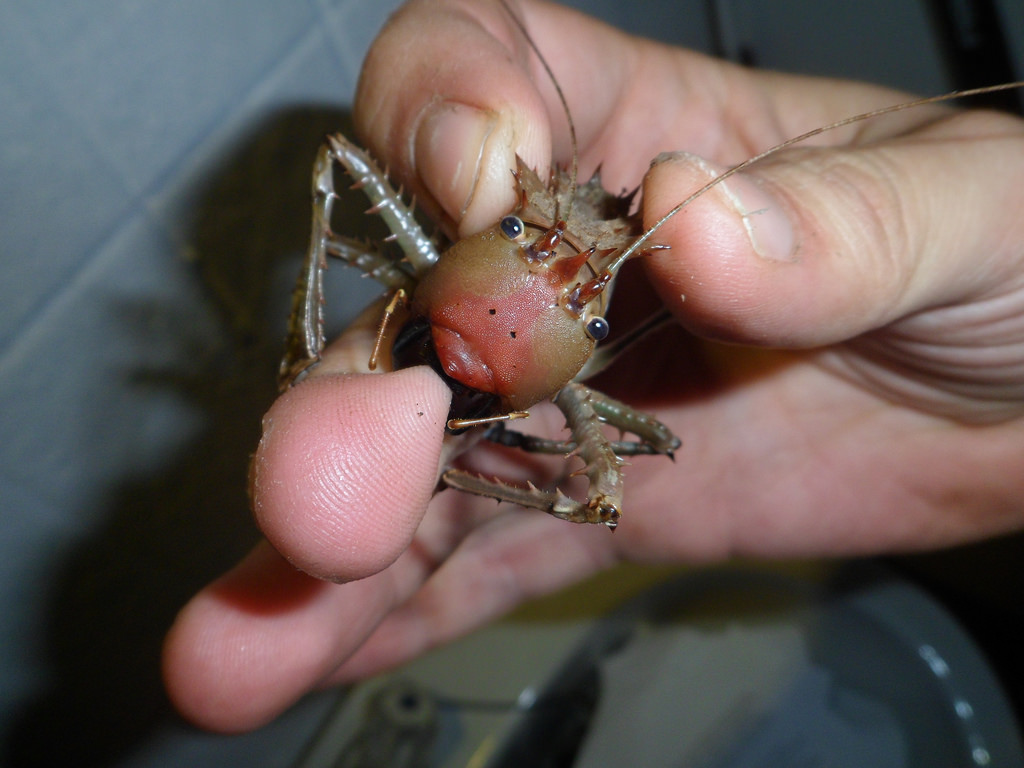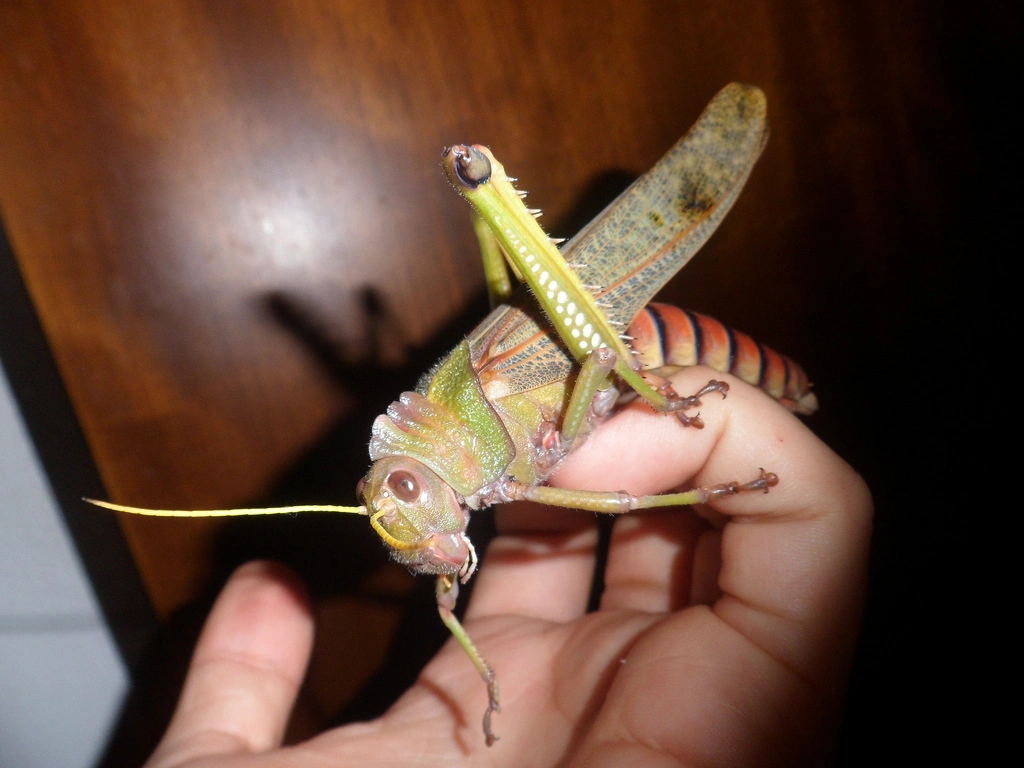Over the years I have raised multiple Orthopterans from nymphal stages to the adult stages as I find them interesting insects. I’ve never seriously bred them though – so I will only give general information on them. After all, Lepidopterans hold my main interest!
My main expertise are Lepidoptera, namely moths (silkmoths in particular). I’ve raised some grasshoppers and katydids for fun, but anything in this document is not serious advice – they are not my expertise. Despite that I will share some pictures here.
Orthoptera are hemimetabolous; they undergo several nyphal stages until they become sexually mature (winged) adults. Their main source of food is usually vegetal and most species will happily feed on fruits, vegetables and most plant matter like bramble leaves for example. Despite this they are not strictly herbivorous. In fact they are very opportunistic omnivores. They will scavenge and consume other insects if given the chance. Some species are even quite ferocious hunters go out of their way to catch live prey. To some degree, animal proteïns will be appreciated in their diet. For example fish food, boiled egg, cat food or dead insects will be a good addition to their vegetal diet. To some species live prey can also be offered, although most species prefer to scavenge dead insects – only a select few species are active predators. This does however wildly vary per family and species though. Tettigoniidae tend to be more carnivorous.
 Is this bite as painful as it looks..? Yes.
Is this bite as painful as it looks..? Yes.
All in all, they’re pretty fun species, and their songs can be relaxing at night. Some random footage:
Thank you for visiting my website! Are you perhaps..
- Not done browsing yet? Then click here to return to the homepage.
- Looking for caresheets of certain species? Then click here to see the full species list.
- Related (suggested) reading: Hall of rarities and weirdos
Was this information helpful to you? Then consider contributing here (click!) to keep this information free and support the future of this website.


Thank you for sharing Katydid info, it’s not easy to find. I rescued a fork tailed bush Katydid, (I got the honor to take a video of her laying eggs in the epidermis of a leaf)! Her eggs hatched prematurely January 20th when in Oregon they are born in late Spring.
I’m thrilled to say they are still alive! You are also the first to validate that Katydid protein intake is more substantial than others write about. Romaine and Kale are always available for the nymphs. Strawberries, Blackberries and Oranges are a hit but nothing gets them going like a dead insect and yes…. I’m discovering they love live ones as well. To my surprise one of them came out of hiding and pounced on a live ant and savagely wrestled with it. They also eat larger dead insects. In small groups they eat the insect from the inside and tend not to leave. From food to shelter. I have to be very careful what I throw away.
My one concern is the degree to which they hide. If the leaf they were born in wasn’t decaying they would all live in there as they did for a couple months. Some still live inside the leaf and the rest went off in groups. I put in a washed pine cone and some like that. Some live hidden in mini trees I put in for climbing and molting as long as there is a piece of lettuce to hide under. However, now I can’t throw away the twigs to my fake trees because many at a time will live inside them and I’ve had to switch to plastic aquarium trees. The larger nymphs live in groups in the rubber seals of the tank. (Green ones live with green and black ones live with black.) Are katydids racists? I’m sure there are better explanations!
Cleaning is getting very hard. The only time I see them is when I hand feed them ants. They stick out half their head and patiently wait their turn. My biggest sighting was when the one nymph lunged at the live ant. Could being so premature effect this illusive habit and maybe they’ll get less fearful as they mature? I’m afraid their shyness may effect their molting or just be a negative implication for some other problem.
I’d be so greatful for any input, family & friends avoid me and I have even worn out google. Thk u again, Natasha
LikeLike
Please notify if there is a reply to my Katydid post, Thk u
LikeLike